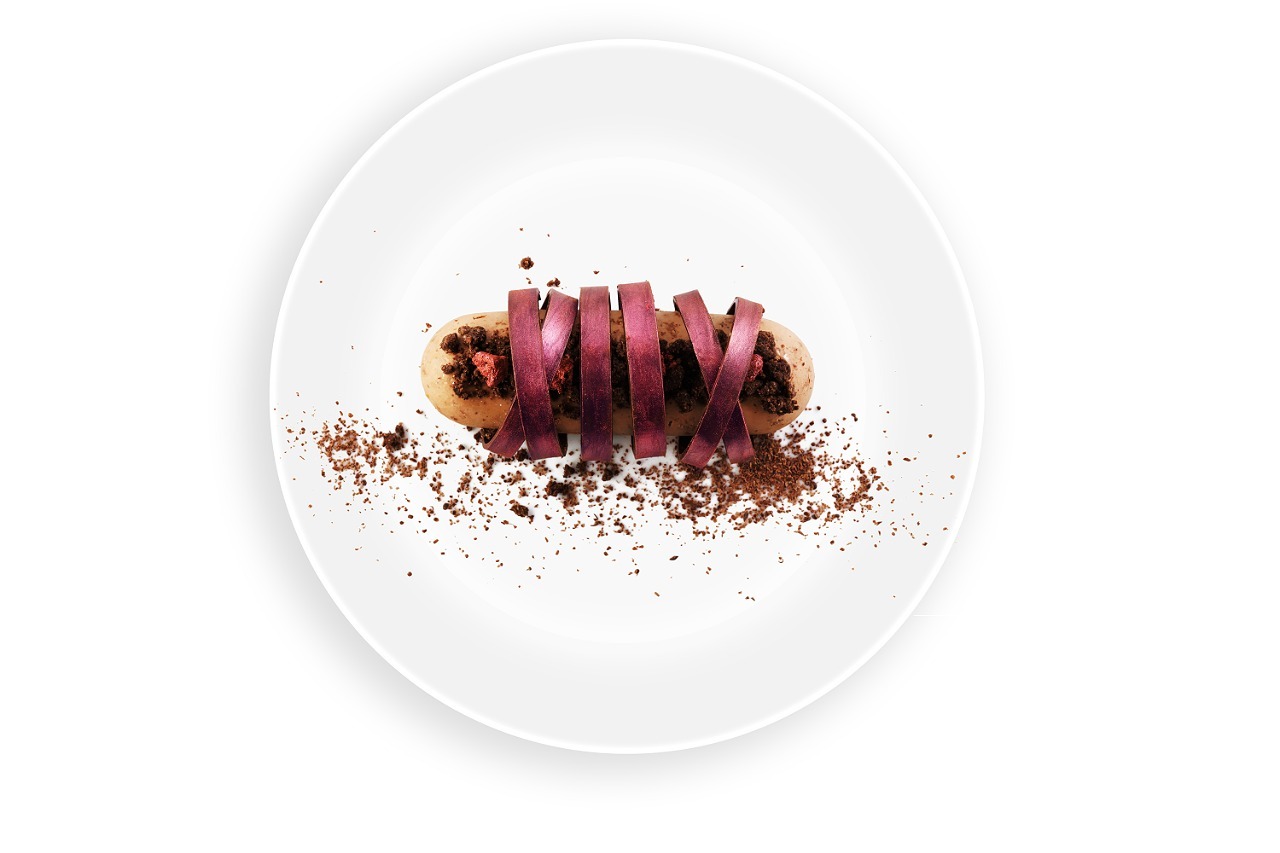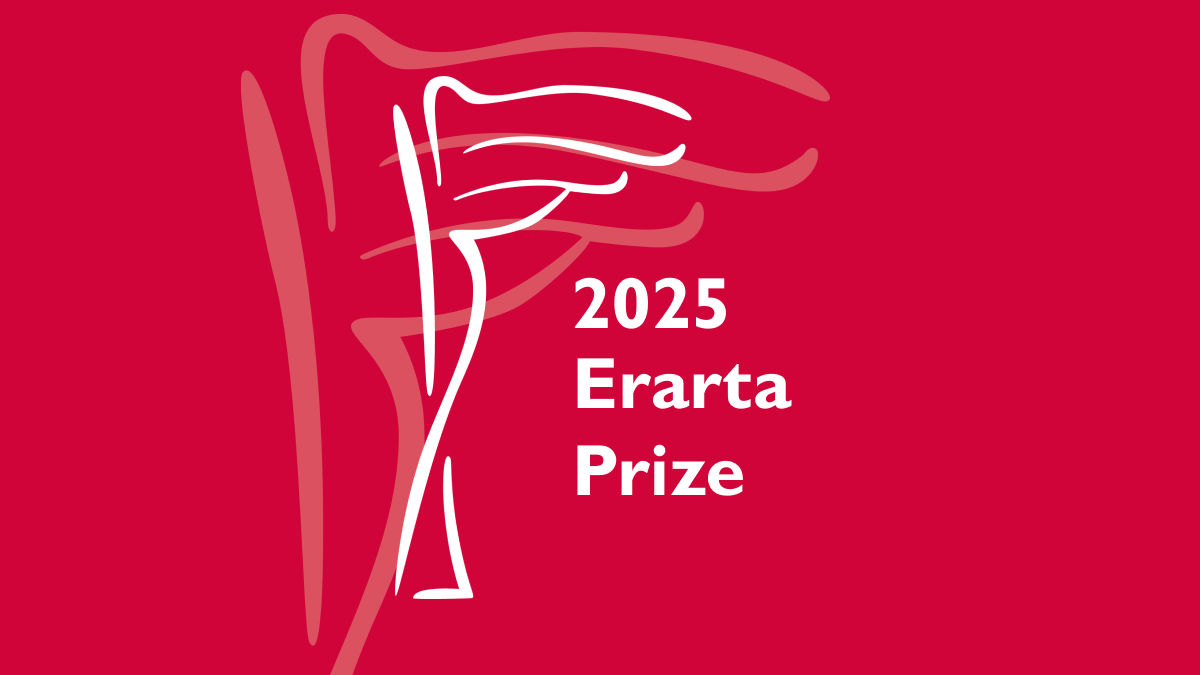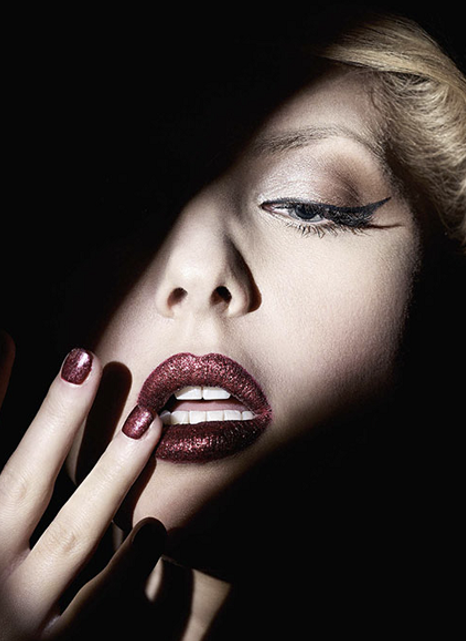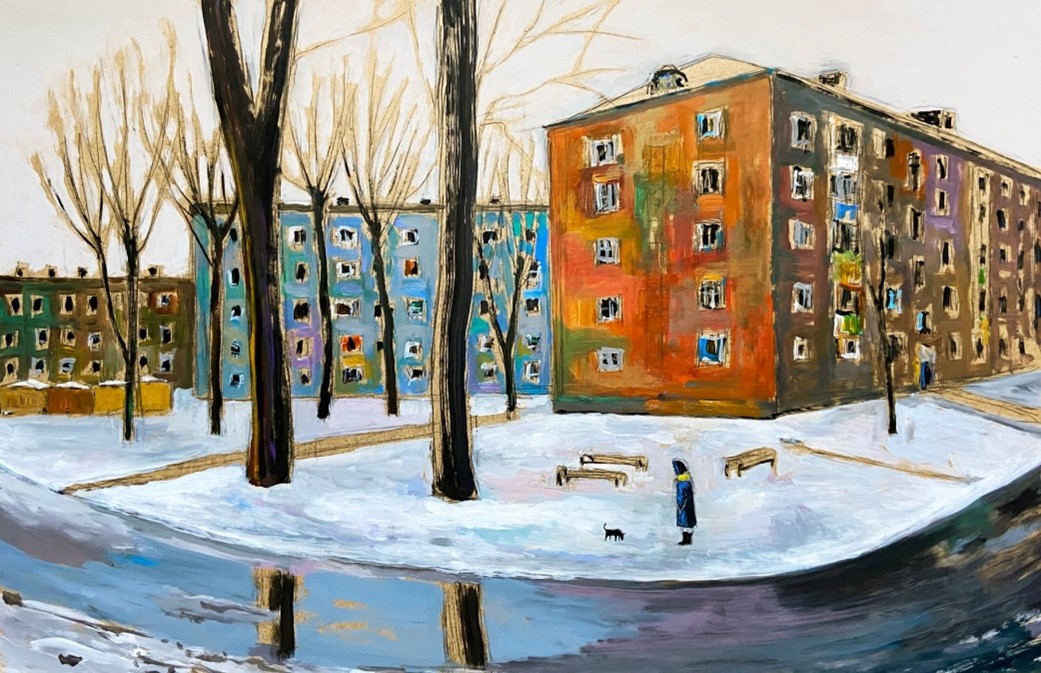Erarta Museum of Contemporary Art presents Russia’s first exhibition of works by the Chinese artist Fanglu Lin elevating and ennobling the practice of textile art
- An original creative method based on the traditional techniques utilised by various ethnic minorities populating China
- Colossal six-metre-long wall-mounted pieces and other, slightly less monumental but still rather impressive, objects crafted from cloth and thread
- Monolithic sculptural forms in spite of the soft and delicate tactility of the source material
The contemporary Chinese artist Fanglu Lin was always interested in developing her practice across a wide range of unusual mediums and methodologies. During her postgraduate studies at Beijing’s Central Academy of Fine Arts between 2008 and 2016, Lin experimented with glass, ceramics and even Japanese lacquerware on a student exchange at the Tokyo University of the Arts in 2011. Nevertheless, it was her incidental 2014 visit to the Zhoucheng village in the city of Dali, Yunnan for her thesis studies that first prompted the artist to work with textiles.
The minority Bai women of that area are well known for their centuries old tie-dyeing fabric techniques. Having witnessed this incredibly time-consuming fabric work, she saw the way in which the materials were elevated, as ‘. . . Hours of work amounted to labour-intensive months of repetitive and scrupulous knotting, stitching, folding, and pleating. (. . . For my artworks) the tricky part was to make out of the designs and patterns that I’ve drawn prior on a virgin cloth so the process of stitching and tying can begin. When the detailed work is over, metres of embroidered fabric are stitched together, three-dimensional abstractions shaped out, and the cloth is finally mounted on a wooden structure.’
Incorporating some of the elements that she saw practised by the Bai women, specifically exploring the zā huā techniques (in Bai dialect, 扎花 [zā huā] is colloquial for tie-dyeing), Fanglu Lin decided to work primarily with textiles, which culminated in her She series as shown throughout this exhibition. Honouring the women who inspired the series, Fanglu Lin created these incredible material objects which are composed of metres of cotton fabric which are then meticulously stretched, pulled, squeezed, tucked, folded, gathered, pleated, knotted and stitched. Consequently, the needles that were painstakingly stitched in place over countless hours are all finally removed to leave only their traces in the mesmerising folds of the dyed fabric. The material objects themselves evoke natural forms from: underwater scenery (She’s Red Body, 2023), to coral (She’s Red Tree No. 2, 2023), to chrysanthemum flower beds (She’s Fiery Love No. 2, 2023) or even assembled primordial forms (She’s Bursting Scenery No. 1, 2023).
Choosing cloth and thread as her medium of choice is also highly intentional and historically relevant for Fanglu Lin. Thread was one of the original universal languages, which was used as a vehicle of storytelling, long before traditional artistic channels such as painting and fresco were established. Prior to the invention of paper, various practices such as quilting, sewing, crocheting, tapestry and embroidery were used to manifest ancient lore, as well as to record historical events and great deeds. In fact, the oldest tapestry in the world is actually located in Xinjiang, China. The Tarim Sampul tapestry (ca 3rd century BC–4th century AD) was discovered during the excavation of the Sampul ancient tombs in 1983. Depicting a Centaur and a warrior, the tapestry also showcases several ancient Greek characteristics. This is due to the many original Greek settlements on the Silk Road that were established during the Western Han Dynasty from 202 BC to the 1st century AD.
Typically, it was the women who were the primary textile storytellers, with their handiwork defining cultural norms and codifying societies. Frequently overlooked, forgotten or silenced it is only recently that textile art has really commanded the attention and respect that it should, in no small part due to artists like Fanglu Lin ennobling the practice. The artist achieves this by expanding on the centuries old techniques and elevating the form to create the material objects, mounted as wall-bound works. Despite the instinctively soft and delicate tactility of the chosen material, when enmeshed together and hung as they are, they become colossal sculptural forms. The sheer bulk and weight of the pieces impresses upon the viewer the physicality of such work that was done by the artist herself, as well as the women who inspired her. This is particularly viewed in the monolithic sculptures She’s Shadow No. 1, 2 and 3 (2023). Here (the highest sculpture being 1.85 metres), it is hard to imagine that such an assemblage is made of cotton cloth. This kind of cloth masonry is also seen in She’s Stone (2020) also standing at a considerable 6.2 metres.
The other standout work, incongruous with the others is Love Under the Hammer (2021). The influence for this work came from Fanglu Lin’s 2020 travel to the village of Sanbao in the Guizhou province where she learned the spinning, weaving, and dyeing traditions of the local Dong (Kam) people. There, female artisans begin with planting and growing cotton and dyes, which are then spun into fibres and yarn, to be woven into cotton cloth. Consequently, they end with repetitive lengthy cycles of dyeing, folding, washing and drying by beating the cloth with wooden mallets. This renders the fabrics shinier, giving them almost a bronze sheen. As it is even more time consuming than the traditional zā huā technique, the fabrics made in this way are reserved for special ceremonial attires only. This new artistic process resulted in a new series for Fanglu Lin, which she titled Light and Hammer. Eliciting the regional use of traditional material, whilst still emphasizing the incredible qualities of light on a very challenging surface, this material object perfectly encapsulates Fanglu Lin’s oeuvre.
The exhibition is curated by Dasha Vass.
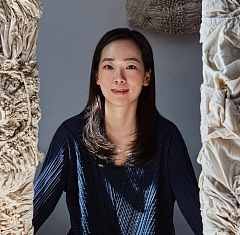
Completing her Bachelor’s and Master’s degree in Household Product Design at the Central Academy of Fine Arts (CAFA) in Beijing, China, in 2012 and 2016 respectively, Fanglu Lin (b. 1989) had the privilege to be under the pupillage of Prof. Jiang Li in the No. 9 Design Studio of CAFA. In her last year of university, she participated in an exchange program at the Karlsruhe University of Art and Design in Karlsruhe, Germany, as well as Tokyo University of the Arts in Japan.
In 2016, Lin was awarded with Young Designer of the Year by the China Architecture Decoration Association. Her establishment in the contemporary art scene was solidified by her being awarded the LOEWE FOUNDATION Craft Prize, at a prestigious international competition. Fanglu Lin has also had an extensive number of solo shows, such as: She’s Body at Art+ Shanghai Gallery in Shanghai, China in 2023; The Power of Binding and Weaving at the Samgaksan Geumam Museum of Art in Seoul, Korea in 2023; and Threads of Change at Art+ Gallery in Shanghai, China in 2022. The artist has also showcased her work in notable group exhibitions around the world, including China, Italy, France, and Australia.
As well as being a part of several prestigious private collections globally, her artworks have been acquired by esteemed institutions such as the Museum of Decorative Arts in Paris, France and the National Gallery of Victoria in Melbourne, Australia.

